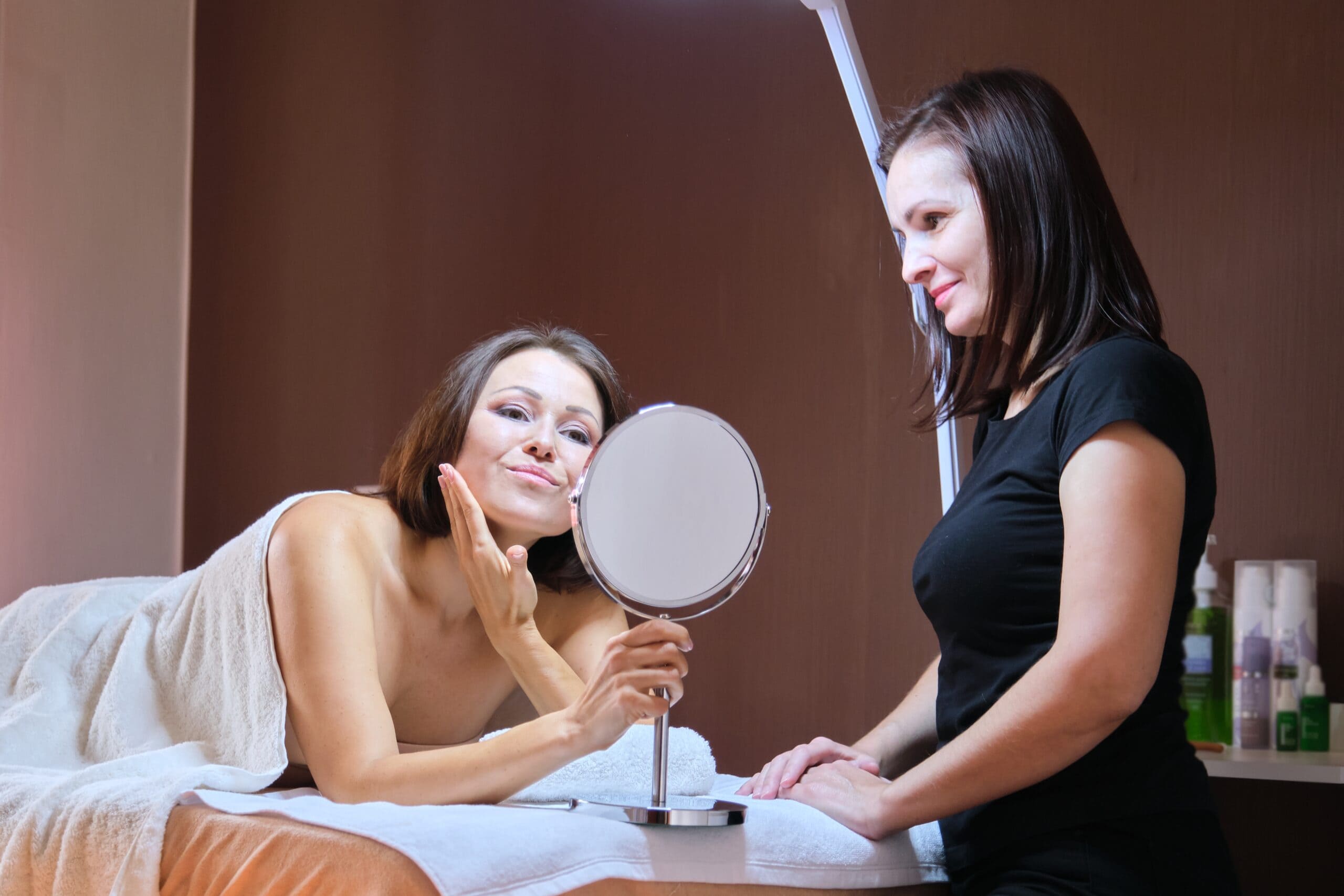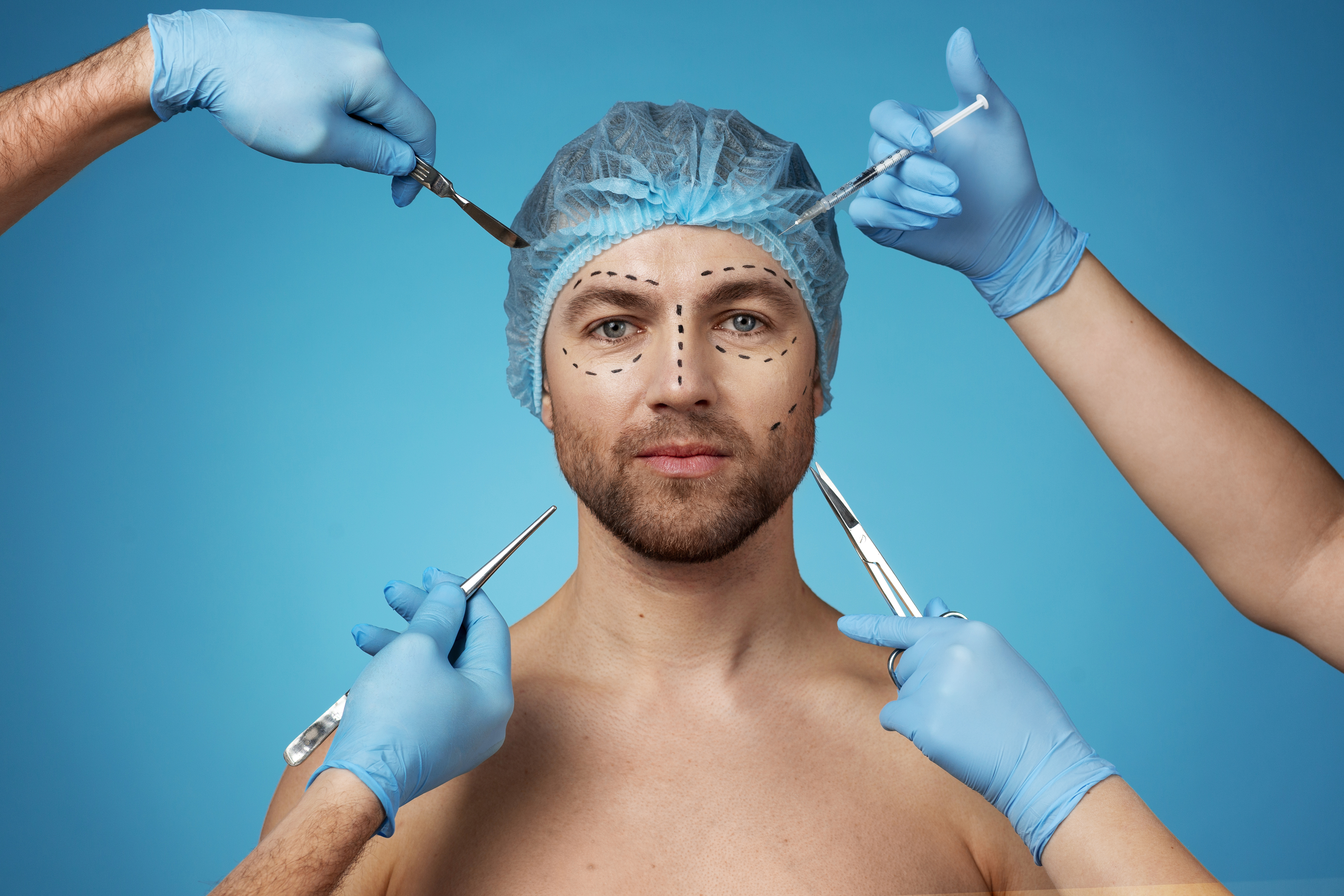Cosmetic surgery now serves all ages, with tailored surgical and non-surgical options. Young adults seek subtle enhancements, while middle-aged patients focus on age-related rejuvenation. Approaches consider emotional readiness, lifestyle, and desired outcomes.
Cosmetic surgery today is no longer limited by age. As techniques advance, both surgical and non-surgical options are increasingly tailored to meet the evolving needs of patients across all stages of life.
 From early adulthood to later years, motivations shift—from enhancement to restoration to alignment of inner
vitality with outward appearance—and so too must our approach as surgeons.In young adults, aesthetic procedures often focus on subtle refinement—facial contouring, breast enhancement, or minimally invasive treatments. Managing expectations is key, especially given the influence of social media. Ensuring physical and emotional readiness, along with honest, educational consultations, helps guide responsible decision-making.
From early adulthood to later years, motivations shift—from enhancement to restoration to alignment of inner
vitality with outward appearance—and so too must our approach as surgeons.In young adults, aesthetic procedures often focus on subtle refinement—facial contouring, breast enhancement, or minimally invasive treatments. Managing expectations is key, especially given the influence of social media. Ensuring physical and emotional readiness, along with honest, educational consultations, helps guide responsible decision-making.

By middle age, concerns pivot toward age-related changes like volume loss and skin laxity. Many patients seek comprehensive but natural-looking rejuvenation, often combining surgical options—like facelifts or blepharoplasty—with injectables or skin-tightening treatments. Planning must balance desired results with lifestyle, career, and family considerations.
In later adulthood, safety becomes the highest priority. While many older patients pursue surgery to reflect their energy and self-confidence, careful assessments of health status, healing capacity, and procedural risk are critical. The emphasis shifts to restorative outcomes that feel authentic and achievable. Across all generations, aesthetic goals are shaped not only by personal milestones but also by cultural trends and media influences. Surgeons must remain vigilant in promoting intrinsic motivation over societal pressure, especially among younger patients.











